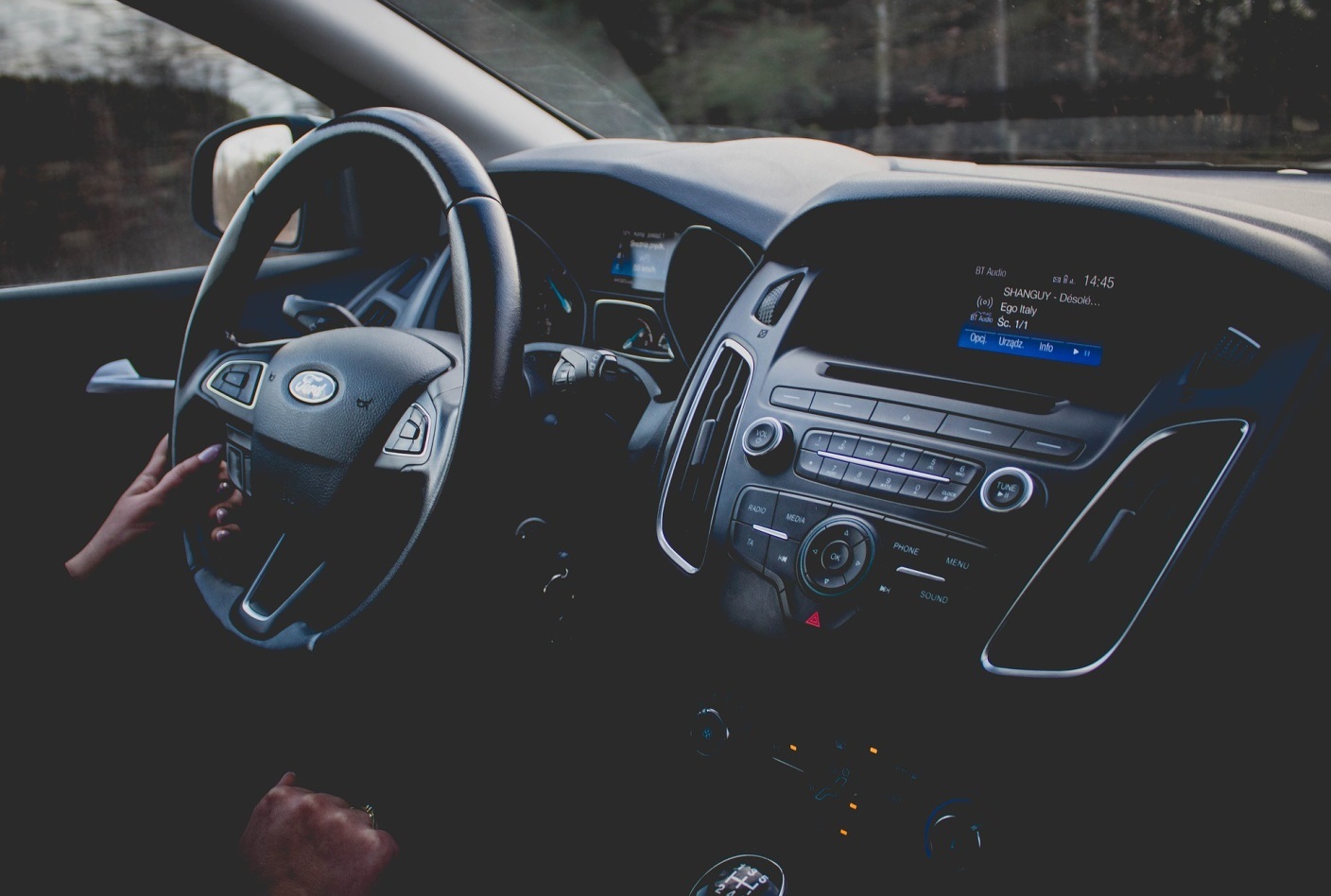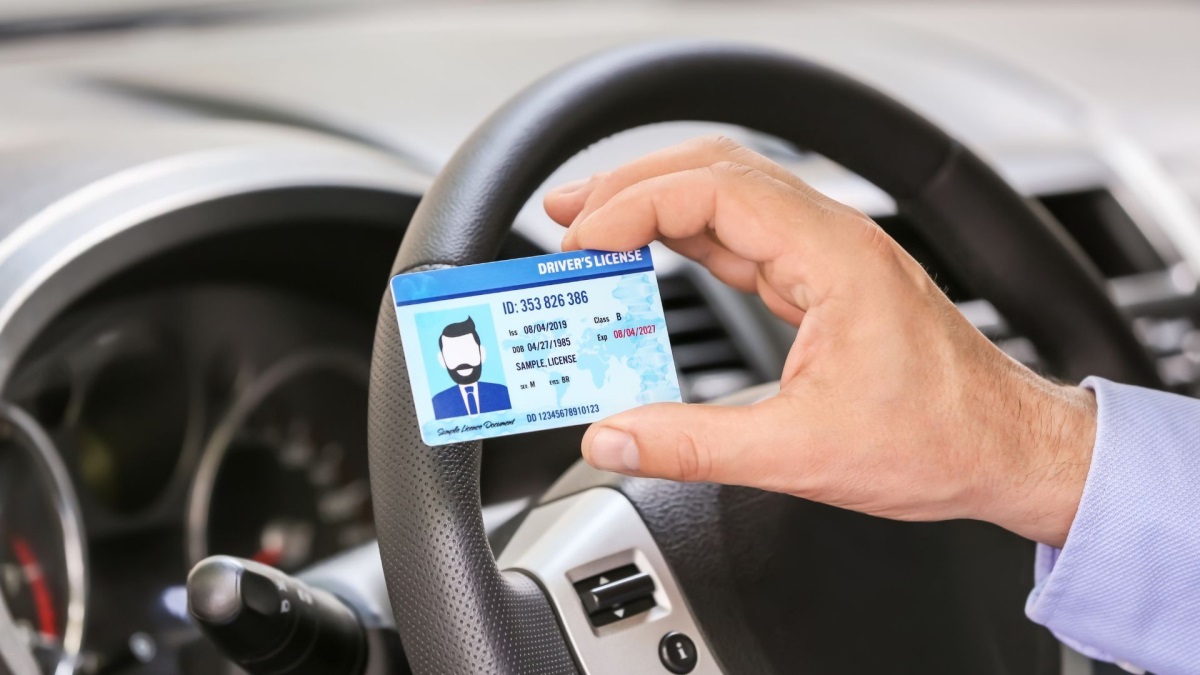First-time car buyers may find the experience a bit daunting, but the same is true even for those who have bought one or two cars in the past. The process can be a bit tricky if you are not sure how you can begin – and there is a lot of pressure simply because buying a car is a major (and costly) decision that can affect your life and finances for years to come. But it takes just a little bit of know-how to choose the car you need, so here’s your absolute step-by-step guide to finding the perfect vehicle for you.
- Determine your needs
The ideal vehicle will depend a lot on who you are and how you see yourself using it. What do you expect from your vehicle? Do you see yourself making a statement with the vehicle, or is it just something that can get you from point A to point B? If you like to go on long drives, you should consider a car that’s a good match for this activity. But at the end of the day, you would want something that’s not just a good fit to your personality and preferences – but functional and practical, too. Keep some practical aspects in mind, such as the number of regular passengers, the kind of journeys you will have (highway, off-road, on surface streets?) and whether you have a long drive every day.
Think also about the features you want, such as a reverse camera, satellite navigation, leather seats, and so on. Safety is another big consideration, so think about your non-negotiables in terms of safety, like lane departure warnings and automatic emergency brakes.
- Decide on your budget
Most people will go for financing for their car purchase, so it’s essential to decide how much you can afford for your car payments. In general, your car payments shouldn’t go beyond 15% of your monthly income. Used vehicles will be less costly, but you should follow the same guideline. You should also think about an extra 7% of your income for covering insurance and fuel.
- Think about ownership costs
Some models may be less expensive to purchase but may be more expensive to operate, and even if two vehicles have the same pricing, one may end up depreciating at a quicker rate than the other and may also be more expensive to maintain and insure. Before committing to a vehicle, estimate the ownership costs for the long term. This will include insurance, depreciation, fuel, and maintenance.
- Find your car
In the past, finding a car involved physically visiting a dealership – but nowadays, you can just go online and browse through a collection of cars featured on dealership websites (such as youngautomotive.com). If you search in your area, you may find the car you want, but if you don’t, it pays to consider other models. New vehicles are everywhere and even one that you might not have thought about may be just the right fit, so it’s always a good thing to keep your options open.
Even if you are already set on the car you prefer, it wouldn’t hurt to check out other cars that are comparable just so you can make sure of your choice. You can check for the same or similar types of vehicles and set your parameters, and once you find recommendations, you can at least compare their features and specifications.













Comments